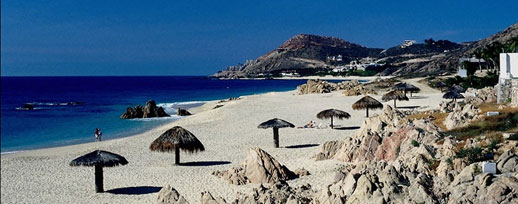
The Marine Biome
Location and Climate- Oceans are considered part of the marine biome. This biome in particular also covers more than 70% of the Earth’s surface. Because of its vast expanse over our earth there are plenty of different climates. But for the most part it’s really wet.
Physical features-
Oceans- An ocean is considered a marine biome. Oceans cover more than 70% of the Earth’s surface and absorb tons of airborne Carbon Dioxide; the salt water, carbon dioxide mix is evaporated into the air and supply forests and all other land forms with rain. Oceanographers, people who study the ocean, have separated oceans into four “zones” the Intertidal, Neritic, Open-Sea, and Deep-Sea Zones
· The Intertidal Zone- is the first “layer” of an ocean. This is the most brutal of all the layers, with high and low tides, organisms find it somewhat hard to live. Starfish, clams, and some seaweeds struggle to survive the constant bashing of the waves and living in and out of the water.
· The Neritic Zone- This is the second “layer” of the Oceans. The photic region makes up part of the Neritic Zone. In the photic region, light/energy from the sun reaches down far enough for a good amount of photosynthesis to occur, therefore, much algae growth occurs. Other seaweeds supply food for primary consumers like turtles, lobsters, and small fish.
· The Open-Sea Zone- Here Phytoplankton grow in abundance, and generate up to 80% of the photosynthesis that occurs on our planet, and is a main food source for other small organisms, such as zooplankton which thrives in the Deep-Sea Zone.
· The Deep-Sea Zone- In this zone there is little known, because of the massive amount of pressure scientists have a hard time reaching the very bottom. In this zone there is hardly a day that goes by without a discovery of a new strange species of fish/animal. Some of the fish that dwell here glow in the dark and have massive fangs.

“Goblin Shark” [Online Image]
Available<https://news.nationalgeographic.com/news/2007/02/images/070209-goblin-shark_big.jpg>, 9/15/08
Coral Reefs are found in relatively shallow/warm regions of the marine biome.

“Reef fish and coral off Eniwetok atoll in the central Pacific.” [Online Image]
Availabe<https://www.ucmp.berkeley.edu/exhibits/biomes/marine.php>, 9/12/08
Coral reefs are almost another whole other ecosystems inside of an ecosystem. They give other species of animals a place to live, grow, and prosper. Coral is the dominate specie that lives in the area, and takes in nutrients by photosynthesis and plankton, with tentacles it sends out. Plankton is the usually microscopic plant/animal life that drifts in surplus in the ocean; they give most if not all other ocean life nutrients. A coral reef is made up of animal polyp (any of various cnidarians, colonial or individual, having a mouth fringed with many small, slender tentacles bearing stinging cells at the top of a tube like body.)
Estuaries- Estuaries are found at the connection between a freshwater river and a large body of salt water, usually an ocean. A good example of an estuary could be where the Mississippi river dumps into the Gulf of Mexico. In and estuary habitat there is the most diverse species of animals because of the interaction of both salt and freshwater. Because estuaries are usually low in depth photosynthesis can occur on all levels. Estuaries are also thought of as the oceans filter. Some of the pollutants dumped upstream in the river are trapped in the growth of the estuaries making them unhealthy instead of the oceans. However, not all pollutants are sustained by the estuaries some even enter the oceans where most of the water we drink comes from.
Plant Life and Animal Life- This Biome contains the largest amount of diverse/unique species of animals. However, it does not contain the largest amount of separate species. Some species of animals range from the tiny Phytoplankton to the mighty Blue Whale. Other living organisms may include; kelp, which is a form of algea that grows in abundance off the coast of california. this species of kelp in particular gives animals a great shelter to hide from prey.
Search site